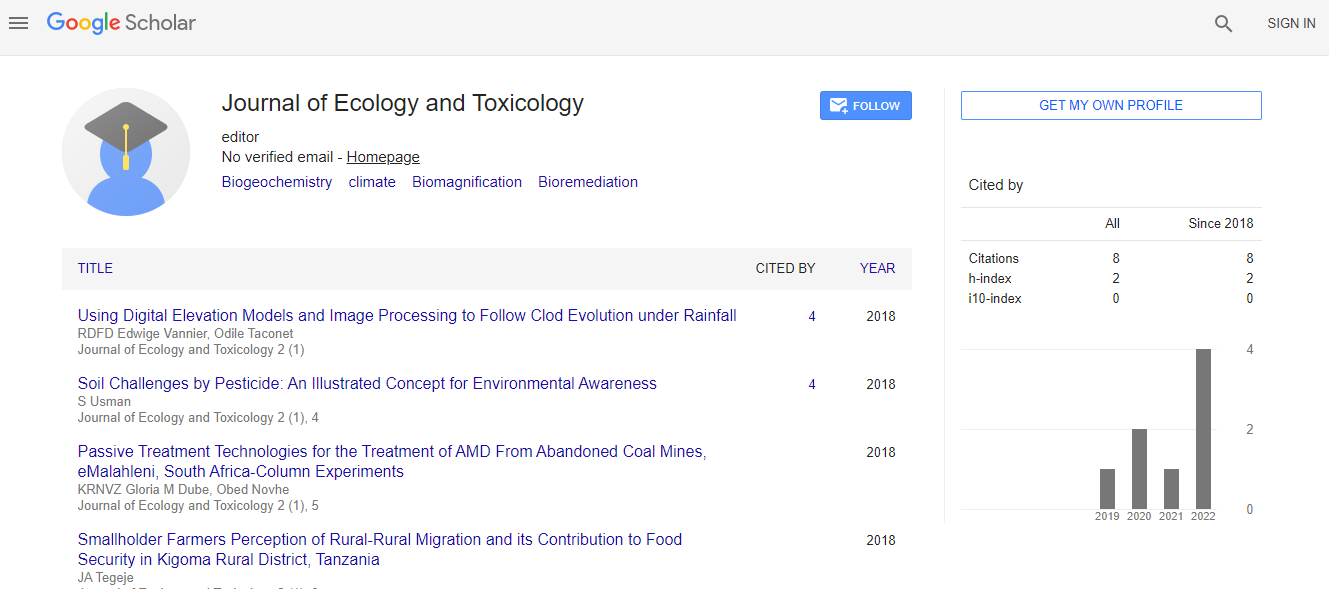Disturbance refugia within mosaics of forest fire, drought, and insect outbreaks
*Corresponding Author:
Copyright: © 2020 . This is an open-access article distributed under the terms of the Creative Commons Attribution License, which permits unrestricted use, distribution, and reproduction in any medium, provided the original author and source are credited.
Abstract
Natural disturbances drive change and shape landscapes, thereby supporting local and regional biodiversity in forested ecosystems. By creating heterogeneity in ecosystem attributes (eg soils and vegetation), these disturbances contribute to landscape-scale patterns and processes, including interactions between the local environment and species in the metacommunity (Turner 2010). Although disturbances can be beneficial to the maintenance of biodiversity in an ecosystem, those that exceed the historical range of variability can have adverse short- and long-term consequences (Landres et al. 1999). Ongoing global environmental change, including anthropogenic climate change, is raising concerns about the loss of forests and their biodiversity, and the role that natural and anthropogenic disturbances play in such losses (Millar and Stephenson 2015). Amid these concerns is a growing recognition of the importance of refugia, and especially disturbance refugia, as critical buffers to rapid ecosystem change (Morelli et al. 2020).

 Spanish
Spanish  Chinese
Chinese  Russian
Russian  German
German  French
French  Japanese
Japanese  Portuguese
Portuguese  Hindi
Hindi 